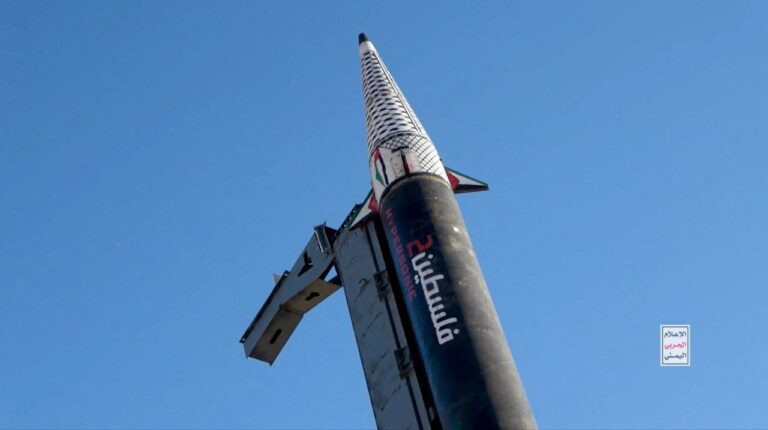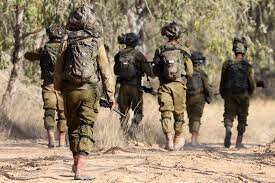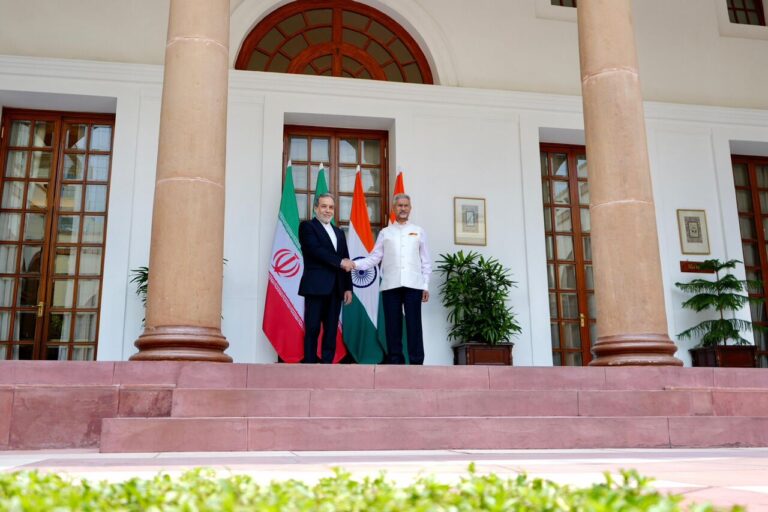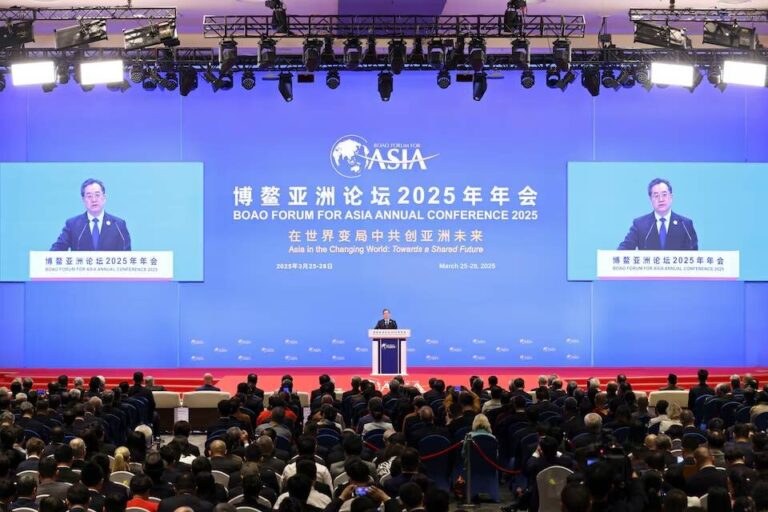Diplomatic Mediation: Key to Easing Tensions Between Nuclear-Powered India and Pakistan
In light of the recent terrorist attack in the Pahalgam region, which tragically claimed the lives of 26 tourists, Iran has stepped forward to mediate between India and Pakistan in an effort to ease escalating tensions. This incident has underscored the persistent volatility in the region, prompting international responses and calls for dialogue.
On Saturday evening, Iranian President Masoud Pezeshkian engaged in a telephone conversation with Pakistani Prime Minister Shehbaz Sharif, emphasizing the necessity for dialogue to address the situation. During this discussion, Pezeshkian also reached out to Indian Prime Minister Narendra Modi, expressing condolences and condemning the attack. Modi appreciated Iran’s sentiments, stating, “Your empathy is deeply valued, especially given Iran’s own tragic experiences with terrorism.”
In a parallel initiative, Saudi Arabia’s Foreign Minister Faisal bin Farhan conducted separate discussions with India’s S. Jaishankar and Pakistan’s Ishaq Dar to address the implications of the attack. Furthermore, China, a significant player in this complex geopolitical landscape, has expressed hope that both India and Pakistan will exercise restraint and has welcomed any measures aimed at reducing tensions.
The terrorist attack has been attributed to a group known as The Resistant Front (TRF), which had previously been unknown. India has accused elements from Pakistan of orchestrating the attack, a claim that Islamabad denies. The Pakistani government has expressed its readiness to cooperate with any international investigation regarding the incident.
The attack occurred in a region that is primarily accessible only on foot or by horseback, making it a particularly challenging environment for security forces. India claims to have identified two of the three suspected militants as Pakistani nationals, while Islamabad continues to demand a neutral inquiry into the allegations against it.
In the aftermath of the attack, both countries have engaged in exchanges of small arms fire, escalating tensions further. Pahalgam is notable as a key pilgrimage route, particularly during the annual Amarnath Yatra, and has previously experienced violence.
In a swift response to the incident, New Delhi has closed vital border crossings and expelled military, naval, and air advisers from the Pakistani High Commission in India. Additionally, India has suspended the Indus Water Treaty, an agreement that has been in effect since 1960. This treaty governs the use of water resources from the Indus River, which flows through China, Indian-administered Kashmir, and eventually into Pakistan. Pakistan has vehemently stated that any attempts to divert water are viewed as acts of war.
Consequently, Pakistan has suspended all trade with India, closed its airspace, and expelled Indian diplomats. It is noteworthy that the attack coincided with the arrival of U.S. Vice President JD Vance in India, further drawing international attention to the situation. U.S. President Donald Trump, along with leaders from Russia, Ukraine, Israel, France, Italy, and the UAE, have all condemned the attack.
Historical Context of the Kashmir Conflict
The Kashmir region remains a contentious area, divided among India, Pakistan, and China, yet claimed in full by both India and Pakistan. This region is home to approximately 20 million people, with around 14.5 million residing in Indian-administered territory, about 6 million in Pakistan-administered regions, and a small number in Chinese-administered areas. The strategic significance of Kashmir is underscored by its confluence of economic and religious interests.
The modern history of the Kashmir conflict traces back to 1947, during the partition of British India into Hindu-majority India and Muslim-majority Pakistan. At that time, the princely state of Jammu and Kashmir was ruled by the Hindu maharaja Hari Singh, who initially opted not to join either nation. However, following an incursion by Pakistani guerrilla fighters, the maharaja sought assistance from India, leading to the first India-Pakistan war and the subsequent division of Kashmir that persists to this day.
Currently, India administers the most populous regions, including Kashmir Valley, Jammu, and Ladakh, while Pakistan controls parts of northern Kashmir, including Azad Jammu and Kashmir (AJK) and Gilgit-Baltistan. China administers the sparsely populated Aksai Chin region, which India also claims, along with the Shaksgam Valley, where Indian sovereignty is not recognized by China.
In August 2019, the Indian government revoked Article 370, stripping Jammu and Kashmir of its special autonomous status. This move has been hailed by New Delhi as a “major achievement” but condemned by Islamabad as illegal. The region is one of the most militarized areas globally, with a history of three wars between India and Pakistan. With both nations now possessing nuclear capabilities, the specter of nuclear conflict looms large, underscoring the urgent need for international intervention to mediate hostilities.






